Most An Giang enterprises export goods in the direction of market dispersion.
In the period of 2021-2025, An Giang's total export turnover reached over 5.93 billion USD, an increase of 42% compared to the period of 2016-2020 and exceeding the plan by 12%. In 2024 alone, many key products such as rice and seafood of the province have expanded their export markets, taking full advantage of incentives from FTAs. Specifically: With the Regional Comprehensive Economic Partnership Agreement (RCEP), rice has reached 10/14 member countries, an increase of 1 country compared to the previous year; seafood has been present in 13/14 member countries, an increase of 2 countries. With the European Union - Vietnam Free Trade Agreement (EVFTA), An Giang rice is present in 14/27 member countries of the European Union, an increase of 3 countries; seafood in 19/27 countries, an increase of 1 market. With the Comprehensive and Progressive Agreement for Trans-Pacific Partnership (CPTPP), An Giang rice is present in 11/11 member countries; seafood has reached 7/11 countries.
According to the Provincial People's Committee, An Giang is strongly shifting its market structure, gradually affirming its position in the global supply chain. This is also the result of the process of improving the internal capacity of enterprises, reforming the investment environment and promoting support from local authorities. On April 3, 2025, the US Government announced a defense tariff of up to 46% on a number of imported goods from Vietnam. In An Giang alone, there are currently 73 exporting enterprises (15 rice enterprises, 40 seafood enterprises, 16 garment - footwear enterprises, 2 frozen fruit and vegetable enterprises), many of which have key markets in the United States. However, most An Giang enterprises export goods in the direction of market dispersion, not focusing on one market.
According to data from the provincial Statistics Office, An Giang province's export turnover to the US market in the first two months of the year reached over 36.7 million USD, accounting for nearly 18% of the province's total export turnover. Of which, rice exports were over 47,000 USD, seafood exports were over 1.2 million USD, garments and footwear exports were 35 million, and frozen vegetables and fruits were nearly 68,000 USD. The provincial People's Committee has urgently directed departments and branches to review the current situation, assess the level of impact and support businesses to adjust their market strategies accordingly.
General Director of An Giang Vegetable and Foodstuff Joint Stock Company (Antesco) Nguyen Hoang Minh said: “The company's sales in the US market account for about 20%, focusing on the company's main products such as baby corn, soybeans, mangoes, and pineapples. Customers are large distribution corporations, supermarket chains, and consumer distribution systems in US states. With the imposition of a 46% tax, customers are temporarily suspending shipments, waiting for policy changes. New customers continue to trade, but are waiting for policy changes to receive goods. In this situation, the company must be more proactive in the European, Asian, and Australian markets, to partially offset the shortfall in sales. The impact is huge, because the US is a market where the company has a foothold and a brand. If the Government has not completed negotiations, the company will share part of the tax costs with US customers to meet the demand for goods.”
Vice Chairman of An Giang Provincial People's Committee Le Van Phuoc chaired the An Giang Provincial bridge point at the Announcement Ceremony of the Index to evaluate the implementation results of Free Trade Agreements of localities (FTA Index)
Mr. Minh said: “Currently, the turnover of Vietnam's fruit and vegetable industry is beneficial to the United States in terms of total revenue and the United States is a safe, high-quality and stable output market. Although the export value to the United States accounts for a small portion of the revenue, it greatly solves the output problem for Vietnamese agricultural products and creates jobs for people, avoiding dependence on unstable output from China. Propose that the Government adjust import tax from the United States and negotiate vigorously to bring the tax to 0%”.
An Giang will increase support for enterprises to develop raw material areas that meet VietGAP, GlobalGAP safety standards... Planning fish farming areas that meet ASC standards to better serve export needs. Thereby, promoting the export of key products of the province, such as: Rice, vegetables, tra fish... to demanding markets (European Union, Japan, Canada, Belgium, UAE...) to maintain export turnover for enterprises. Support enterprises to access and fully exploit FTAs and new generation FTAs, such as: EVFTA, CPTPP, RCEP... through coordination with departments and bureaus under central ministries and branches; organize many training courses, disseminate information on rules of origin, technical standards of FTA markets. Trade promotion programs, domestic and foreign trade connections, creating conditions for enterprises to develop new markets.
Through diplomatic channels, the province continues its foreign affairs activities, establishing cooperative relationships with localities of countries with great potential in the direction of "mutual development initiative" cooperation, such as: Japan, Korea, India, China, Israel, Germany, the Netherlands... creating conditions for trade promotion, calling for direct investment between the provincial government and enterprises with these partners, in order to increase the export of goods in the coming time.
| The Ministry of Industry and Trade's recent announcement of the pilot results of the Free Trade Agreement Implementation Assessment Index (FTA Index) is very timely and has great guiding value. Based on the FTA Index results in 2024, the Provincial People's Committee will urgently direct specialized departments and branches to review and deeply analyze the component indexes to adjust State management policies in accordance with reality. |
HANH CHAU
Source: https://baoangiang.com.vn/nhieu-ket-qua-tich-cuc-tu-thuc-thi-fta-tai-an-giang-a418681.html


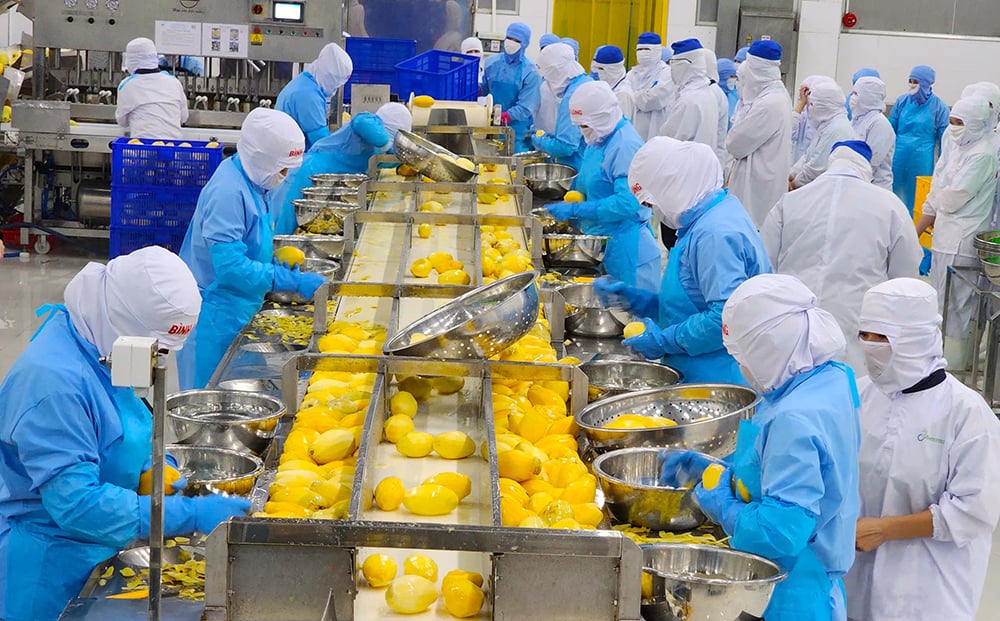
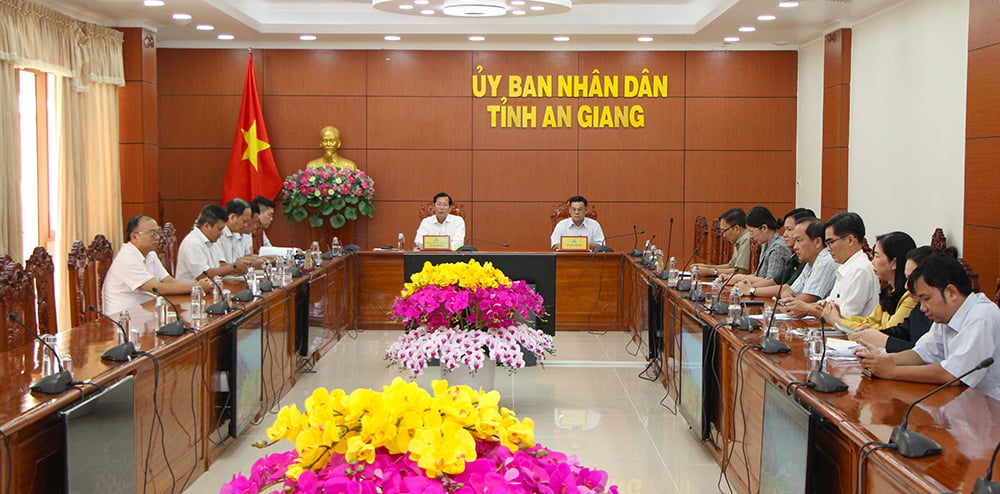


![[Photo] President Luong Cuong and Sri Lankan President Anura Kumara Dissanayaka visit President Ho Chi Minh relic site](https://vphoto.vietnam.vn/thumb/1200x675/vietnam/resource/IMAGE/2025/5/5/0ff75a6ffec545cf8f9538e2c1f7f87a)














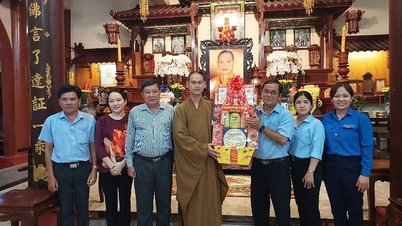









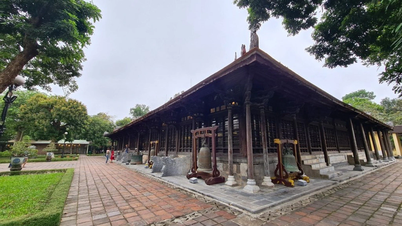




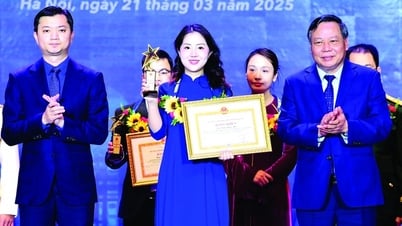



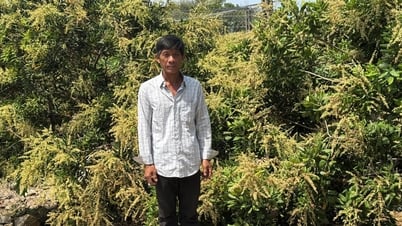

















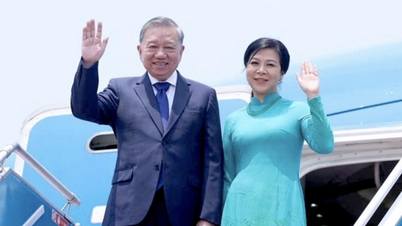


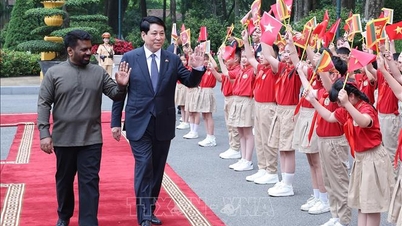


















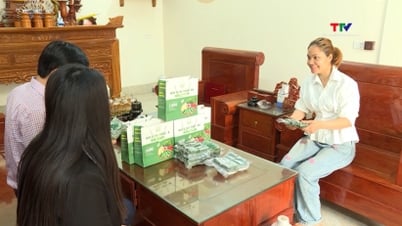

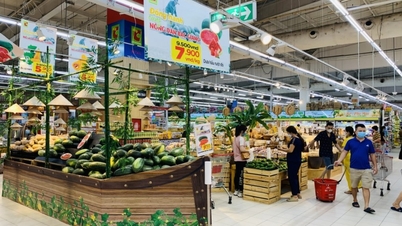

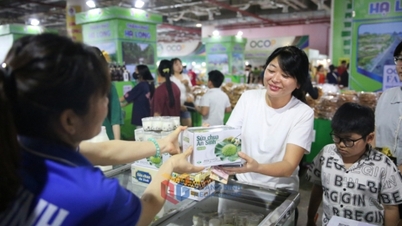

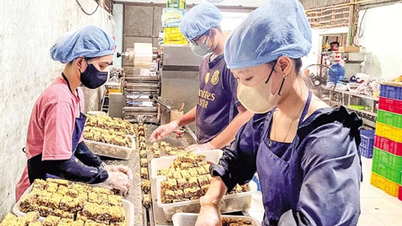




Comment (0)